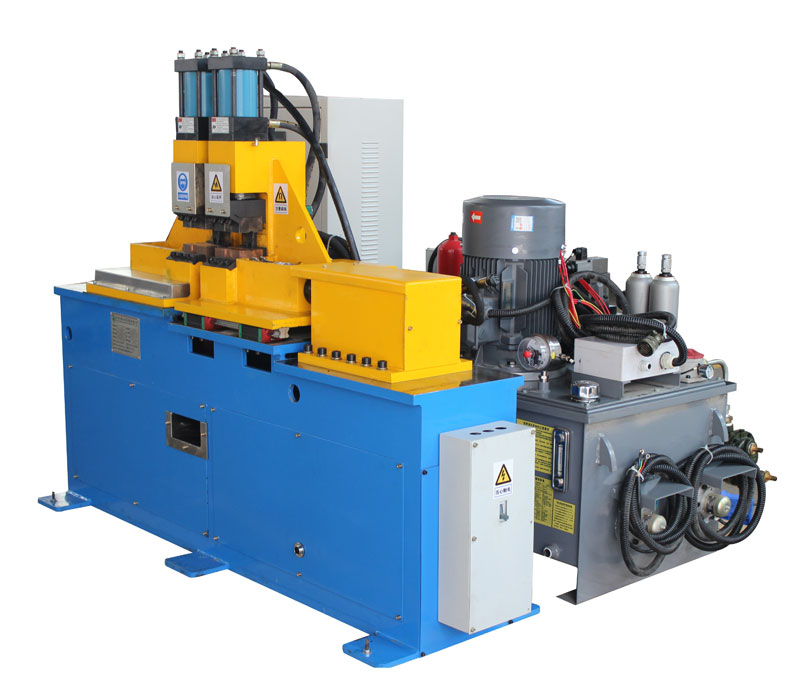How to Achieve Strong Joints with Flash Butt Welding Machines?
Flash Butt Welding is a versatile and widely-used welding technique that allows for the creation of robust joints in various materials. Whether you’re working with metals, alloys, or even non-metallic materials, understanding the key principles of flash butt welding can help you achieve strong, reliable connections. In this article, we will explore the fundamentals of this process and provide tips on how to ensure solid joints using flash butt welding machines.
Understanding Flash Butt Welding:
Flash butt welding, also known as resistance butt welding, involves joining two workpieces by generating heat through electrical resistance. The process consists of several essential steps:
1. Preparation: To start, the two workpieces are aligned parallel to each other. It’s crucial to ensure that the ends are clean and free of any contaminants or oxides, as these can negatively impact the weld quality.
2. Flash Formation: An electric current is applied to the workpieces, creating a localized heat source at the joint interface. As the heat increases, the ends of the workpieces melt and form a molten pool or flash.
3. Forging: Pressure is applied to the workpieces, forcing them together. The molten material is expelled, and the remaining solidified ends are brought into contact.
4. Upset: The workpieces are upset, meaning they are compressed further to refine the weld and eliminate any voids or irregularities.
5. Cooling: Once the upset is complete, the joint is allowed to cool, forming a solid, continuous connection between the two workpieces.
Tips for Achieving Strong Joints:
- Maintain Clean Workpieces: As mentioned earlier, the cleanliness of the workpieces is crucial. Any contaminants or oxides on the surfaces can lead to weak joints. Ensure that the ends are free of dirt, rust, or paint before welding.
- Controlled Flash Formation: The amount of flash created during the welding process can affect the joint’s quality. Proper control over the flash formation is essential. Too much flash can lead to excessive material loss, while too little can result in incomplete fusion. Adjust the welding parameters, such as current and time, to achieve the desired flash size.
- Optimal Pressure and Upset: The pressure applied during the forging and upset stages plays a significant role in the joint’s integrity. It’s important to use the right amount of force to ensure that the materials are properly consolidated without causing defects.
- Welding Machine Calibration: Regularly calibrate your flash butt welding machine to maintain accurate control over the welding parameters. This will help in achieving consistent and strong welds.
- Post-Weld Inspection: After welding, inspect the joint for any defects or irregularities. X-ray or ultrasonic testing can be used to ensure the quality of the weld.
In conclusion, achieving strong joints with flash butt welding machines involves a combination of proper preparation, control over the welding process, and post-weld inspection. By following these guidelines, you can create reliable and durable connections for a wide range of applications. Flash butt welding is a valuable technique in the world of fabrication, and mastering it can lead to high-quality results in your projects.
